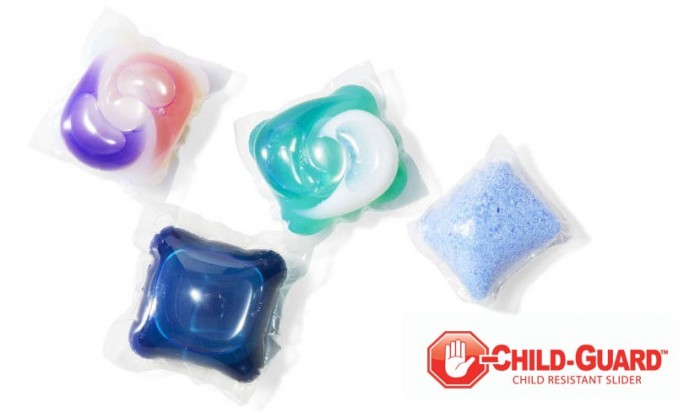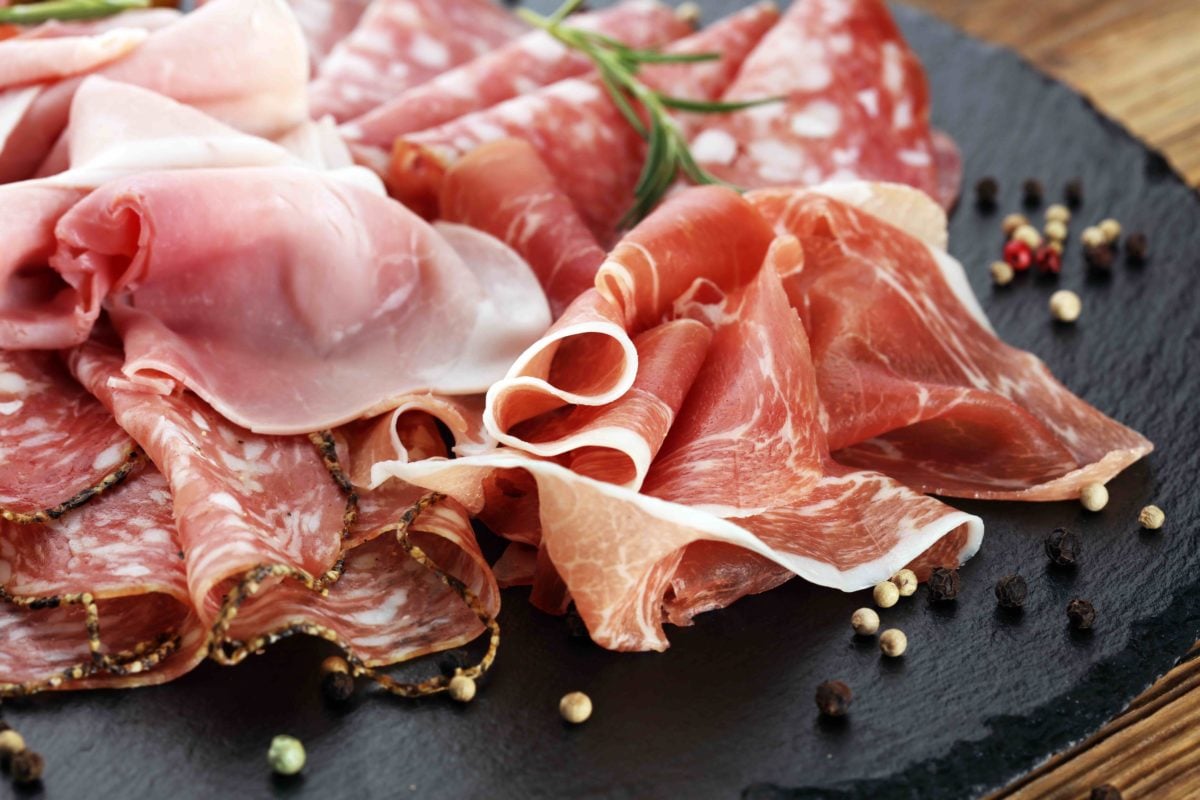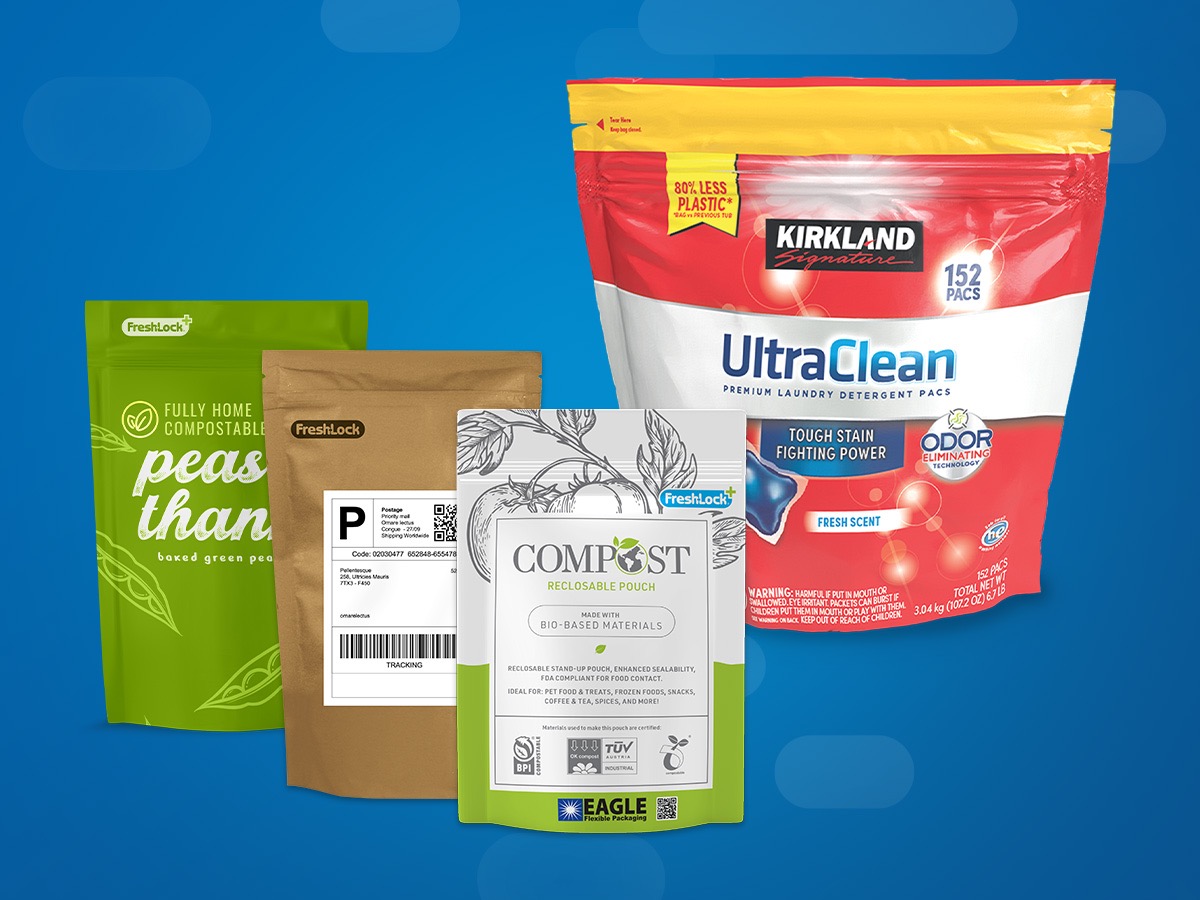
7 Emerging Markets for the Flexible Pouch
Sometimes great product innovations are extremely obvious … but only after they become a reality.
Think about how long it took for the Post Office to come out with self-adhesive stamps instead of the lick-and-stick variety. Luggage didn’t even have wheels until 1970.
Ongoing innovation in flexible packaging is helping lead its growth and drive demand. One of the most impactful ways to make better flexible pouches is by offering better closure options like sliders, zippers, and fitments.

Tom Morsheimer, Slide-Rite®
Recently, Presto® Products Co. had the opportunity to address an audience at the 2016 Global Pouch Forum in Miami, Florida. Presto’s Tom Morsheimer, business development director for the Slide-Rite® brand, teamed up with Dave Johnson of Aptar to deliver a presentation on opportunities for growth of the pouch among consumer packaged goods (CPG).
Morsheimer and Johnson identified these seven areas as just some of the product verticals with plenty of promise.
Here’s why these types of consumer goods could benefit from flexible packaging options like resealable standup pouches.
In some cases, these packaging ideas make so much sense, they’re almost obvious.
1. Toddler and Baby Food
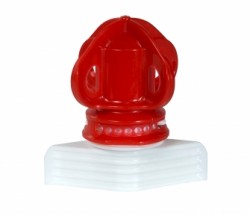 One of the first markets Johnson identified was baby food, which has gone through a major packaging revolution.
One of the first markets Johnson identified was baby food, which has gone through a major packaging revolution.
Those little glass jars are disappearing in favor of single-serve standup pouches with a spout.
Food for babies and toddlers kept in a pouch is easy to take on the go and fun for little ones to use. For parents, it allows younger children to feed themselves instead of being spoon-fed.
“Moms and dads love it. Kids are gobbling it up,” Johnson said.
Related products seeing the benefits of similar packaging design include yogurt and applesauce.
2. Laundry
One of the most important ways reclosability affects families is household safety. That’s why we set out to design a child-resistant closure for flexible pouches to make packaging for popular laundry packets safer.
Morsheimer called the soluble unit dose (SUD) “a great new product innovation that seemingly had only upside potential.” It boosted sales, reduced product water content, and prevented overfilling. Laundry SUDs are convenient for consumers as well as CPG companies, and the flexible pouch was the ideal packaging choice for this product.
However, an unforeseen downside was a spike in accidental exposures among toddlers connected to this kind of product. That became the catalyst for developing Child-Guard®, also branded as Slider-Guard®.
The child-resistant closure, which meets regulatory requirements, is a slider involving an additional step to open. When parents remember to close a package with the child-resistant Child-Guard® slider, it gives them extra time to respond in situations where a child gets ahold of a package containing laundry SUDs.
As other markets look to use the SUD to deliver product, packages equipped with Child-Guard® can help consumers store things safely. Learn more about Child-Guard® here on our website, or visit our consumer education site Child-Guard.com.
3. Home & Garden Chemicals
Child-Guard® offers many other potential uses in consumer packaged goods. That includes products like pool chemicals, weed killer, and other chemical applications you’ll find stored in places like garages and backyard sheds.
As applications for the flexible pouch continue to expand, Morsheimer says child-resistant technology will be a crucial component of safe packaging design.
“It can bring value to everything from herbicides to pesticides to agrochemical. Walk down the aisle at Home Depot and look at every chemical that’s in a liquid or a bottle. That could potentially go into a flexible pouch. And, the flexible pouch with Child-Guard® would be the ideal package for that format.”
4. Salad Dressing and Dairy
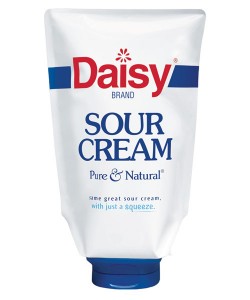 It may be more difficult to find a product type that isn’t suited to flexible packaging.
It may be more difficult to find a product type that isn’t suited to flexible packaging.
“Who would have thought salad dressings were going to make it into pouches?” Johnson asked. Yet, 2016 saw Kraft Heinz introduce dressings and condiments in convenient squeezable packaging.
One of the most recognizable recent uses for pouches and food came from Daisy® Sour Cream. Now family taco night will never be the same.
The design of this package allows people to be accurate with the amount of product they want, it avoids cross-contamination from other food, and it allows the sour cream to sit in the refrigerator door instead of getting lost in the back of a shelf.
Yogurt is another dairy product benefiting from flexible packaging innovations. Johnson told the audience at Global Pouch Forum that there are estimates indicating this area could grow two to three times the size of the baby food market.
5. Medical/Pharmaceutical
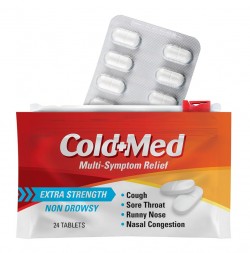 It’s been decades since the push-and-turn child safety cap was introduced. At the time, it was a major step forward in packaging safety and poisoning prevention among children.
It’s been decades since the push-and-turn child safety cap was introduced. At the time, it was a major step forward in packaging safety and poisoning prevention among children.
As medicines look to take advantage of flexible packaging, the child-resistant Child-Guard® closure can help brands meet regulatory rules and provide an additional barrier. For instance, pills kept in blister packs would get an extra layer of protection when kept in a flexible pouch with a Child-Guard® closure.
Morsheimer says it’s only a matter of time before child-resistant pouches are a mainstay in medicine and pharmaceuticals.
“It’s a slow-moving industry, and it could take years to come to market, but the idea that those possibilities are out there and exist is very exciting.”
6. Pet Food
Pet food products could benefit from both a fitment like a spout as well as zippers and sliders.
Johnson spoke of how spouts make it easier for pet owners to dispense product like bird seed or cat food from smaller containers. Morsheimer pointed out how Fresh-Lock™/Slide-Rite® offers reclosability that is specifically designed to handle heavy loads of large dog food bags.
People want to give their pets the best, and pet owners aren’t afraid to spend more on the animals they love. Reclosable flexible packaging provides both ease of use and freshness benefits. Get additional insights on pet food packaging from our interactive infographic.
7. Powdered Product and Dry Food
 Outside-the-box thinking can change the way we view packaging for all sorts of products.
Outside-the-box thinking can change the way we view packaging for all sorts of products.
The paper sack that typically holds granulated sugar has been around forever. However, cutting-edge brands are going with smarter options. Johnson mentioned how the natural sweetener Truvia® opted for a pouch with a spout for its baking blend.
The addition of a resealable zipper or slider can improve product packaging, too. For instance, protein powder can be stored in a reclosable standup pouch instead of a rigid container. Now the package can reduce in size as product is used, keeping the powder fresh longer.
Plus, Slide-Rite® offers a particle plow slider that pushes powdered product out of the way as it closes for a perfect seal.
One area that both Johnson and Morsheimer see as a major opportunity for resealability is dry cereal. It’s a product that could certainly benefit from a better sealing feature.
Something all product types can benefit from is reducing the amount of material needed to manufacture packaging when compared to rigid options.
“The value proposition for source reduction is enormous for these brand owners,” Morsheimer explained. “It really provides a new opportunity for them to re-examine their packaging formats.”
There are some other impressive reasons for using flexible packaging. They include sustainability and shelf space. Find out more in our article reasons why resealable flexible packaging makes consumers love your brand.
What Kind of Resealable Closure Should You Choose?
It’s easy to see how flexible packaging can give products added value through convenience, functionality, and safety. But, what type of closure should you pick?
During the Global Pouch Forum presentation, Dave Johnson and Tom Morsheimer joked around about whether sliders or spouts were the better choice. However, the opportunities are so plentiful they feel there’s room for companies to pick from a wide variety of options. That benefits everyone involved, from the brands, to the packagers, to the consumer.
“What it comes down to is fitting the technology with both the brand and the consumer’s application. I think it’s really up to the brand and consumer,” Johnson said.
“There’s no single solution that can be all things to all people,” Morsheimer added. “It’s really a combination of continually improving technology, material, and consumer needs to meet the right solution at the moment.”
If you have questions about the solutions Fresh-Lock™ and Slide-Rite® provide, contact us today to learn more.

 Back to Blog
Back to Blog
